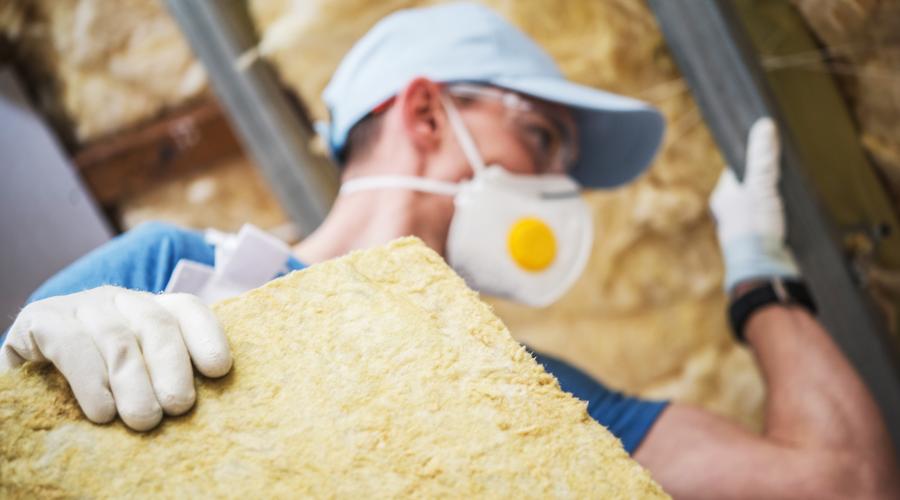
Insulation works by slowing the three forms of heat transfer and each insulation slows the three forms differently
How Does Heat Energy Move? There are three ways that heat energy moves:
Conduction is the transfer of energy from one solid to another in direct contact.
Convection transfers heat by a fluid or gas (think of the hot air coming off a stove).
Radiation is the infrared radiation coming from the heat source. This is the warmth one would feel while sunbathing.
The building enclosure is what separates the conditioned controlled environment inside your house from the unconditioned space outside of it.
This means keeping cold air and rain water out and warmth in.
The thermal control layer does the heat retention job, and insulation is why a modern building does a better job of it than an uninsulated one.
Insulation slows the transfer of heat across the building enclosure.
But how does it work?
Insulation works in ways which slow down these types of heat movement.
Fiberglass (and other fibrous insulation like rock wool or cellulose) trap warm air in its millions of fibres, slowing the energy transfer.
Foam board insulation and spray foam encapsulate low conductive gas molecules in its structure.
Finally the materials, like polystyrene foams or cellulose plant fibres, can have a low conductive value.
Insulation can stop convective (air transported) heat loss if it is an air barrier.
Convection is air transported heat loss. Insulation that aren’t air permeable like foam board insulation, can stop this form.
This is one drawback of fibrous insulation. They can be very porous and ineffective at stopping air transported heat loss. But if it’s paired with an effective air barrier, fibrous insulation can ably retain heat.
Lastly, radiant heat emits from every heat source, however the one most affecting homes is solar radiation (the sun beating down on your home). We often hear about ‘low E glazing’ on windows. This is a slight metallic coating, reducing the emissivity of the window glazing. Reducing the amount of radiant heat entering can help reduce the cooling load of the building. Reflective barriers can also slow radiant heat transfer.
Insulation works by slowing the three forms of heat transfer and each insulation slows the three forms differently. For example, fiberglass has poor convective resistance because it can’t stop air flow. By knowing the material properties of insulation, you can best keep your home warm and cosy.
Image by welcomia










